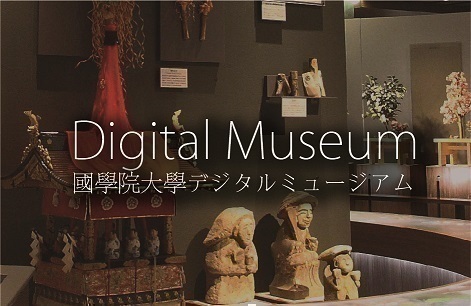- トップ
- Encyclopedia of Shinto
- Arakida Moritake
Encyclopedia of Shinto
| Main Menu: | |
| Links: |
詳細表示 (Complete Article)
| カテゴリー1: | 8. Schools, Groups, and Personalities |
|---|---|
| カテゴリー2: | Personalities |
| Title | Arakida Moritake |
| Text | (1473-1549) Originator of the style of poetry known as Ise haikai (haiku). Member of the priesthood (shinshoku) of the Inner Shrine (Naikū) at the Grand Shrines of Ise (Ise Jingū) in the period of Warring Provinces (sengoku, ca. 1457-1568). Arakida was the ninth son of Suppliant Priest (negi) Sonoda Morihide and grandchild of famed author Fujinami Ujitsune (1402-1487). Appointed to the Senior Fourth court rank and the title of First Suppliant (ichi no negi) at Naikū in the final years of the warring era, a period of severe hardship in the history of the shrines. Besides fulfilling duties overseeing Shinto rites and liturgy, Arakida pursued a deep interest in the poetry of Iio Sōgi (1421-1502) and Iio Munenaga, whose works inspired his own haikai and renga (linked verse). His poems of this type were included in a compilation titled Shinsen tsukubashū. In 1536 he composed the verse: New Year's Day How it evokes the Age of the Gods (Ganjitsu ya jindai no koto mo omowaruru) This and other poems of a similar highly elegant style were included in anthologies such as Haikai renga dokugin senku (also called Higan senku) and Hōraku senku (Akitsushima senku). In addition, his exhortation of the general public urging the preservation of public morals were issued in a collection called Yo no naka hyakushu (One Hundred Poems of the World), widely known as the Ise Analects (Ise rongo). Moritake died on the eighth day of the eighth month of 1549 at the age of seventy-seven. Among his most famous poems is the verse: Coming to the end of our journey at the peak of Mount Kajimi The wind in the pines, the wind in the pines (Kamijiyama waga koshikata mo yukusue mo mine no matsukaze mine no matsukaze) A figure of Moritake, seated and clad in ceremonial vestments is kept in the Jingū History Museum (Jingū Chōkokan) of the Outer Shrine at Ise. A memorial to Moritake's spirit (Moritake Reisha) was enshrined during the mid-1640s on the premises of his house, but it was later moved and jointly venerated at the shrine Uji Jinja. -Nakanishi Masayuki |




